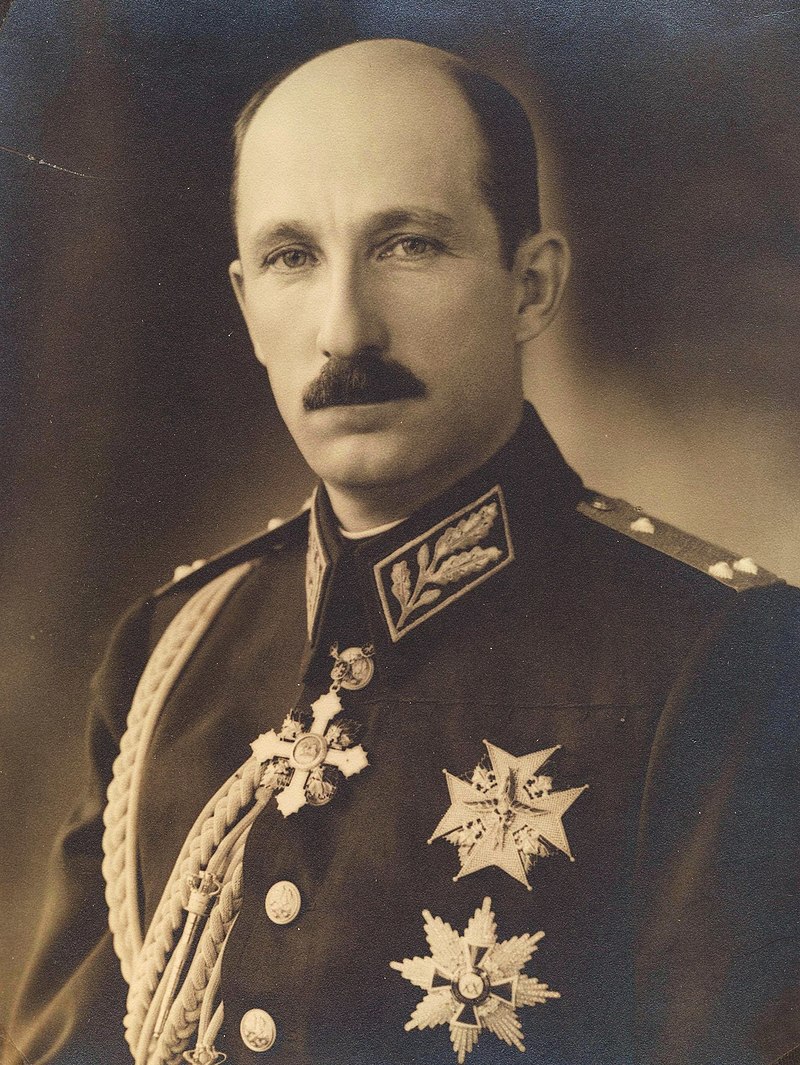
He was born in Sofia in 1894, the son of Bulgarian Tsar Ferdinand I and Bulgarian Tsarina Maria Lujza. He received military training at the Sandhurst Military Academy in England. In 1918, after the First World War, he became Tsar of Bulgaria due to his father's abdication. In 1930, he married Princess Johanna of Italy. , the daughter of King Victor Emanuel of Savoy. They had two children: Simeon (the later Bulgarian Tsar Simeon II) and Mária Lujza. During his reign, Bulgaria went through a difficult period. After the devastation of the First World War, the country's economy lay in ruins, and the political atmosphere was unstable. Czar Boris tried to stabilize the country and introduced reforms in the economy and politics. In his foreign policy, he tried to create a balance between the great powers, but this was not an easy task. At the outbreak of World War II, Bulgaria became an ally of Germany. Tsar Boris tried to prevent Bulgarian soldiers from fighting on the Eastern Front, but he failed. 1943. died unexpectedly on August 28. The cause of his death is still unclear. Tsar Boris is a controversial figure in Bulgarian history. Some say he was a benevolent ruler who did the best he could for his people in difficult times. According to others, he was a cowardly collaborator who made Bulgaria a puppet of Hitler. To this day, there is a debate about the judgment of his actions.
III. Bulgarian Tsar Boris ruled Bulgaria from 1918-1943. During this time, significant changes took place in the Bulgarian coinage. In 1918, after the Balkan Wars, Bulgaria lost part of its territory and its economy was also in ruins. As a result, the tsar gradually replaced the pre-war gold air and silver coins with lower-value metal coins. In 1925, Bulgaria was forced to introduce a new currency, the leva. The new currency was based on a gold standard, but it soon depreciated due to the economic crisis. In 1933, Tsar Boris returned to the gold standard as an attempt to stabilize the economy. However, the new economic crisis devalued the leva again in 1936. In 1937, Czar Boris passed a new coinage law, which allowed the government to adjust the value of the currency to market conditions. This law allowed the government to keep the value of the currency artificially high during the war years. III. During the reign of Boris, the coins minted were 20. 10 and 5 leva gold, 20. 10, 5 and 2 leva silver, 1 and 2 lev copper coins and 1 lev steel money. The tsar's coinage is still a popular collector's item.
Numismatics. Online store for old money, coins and banknotes.